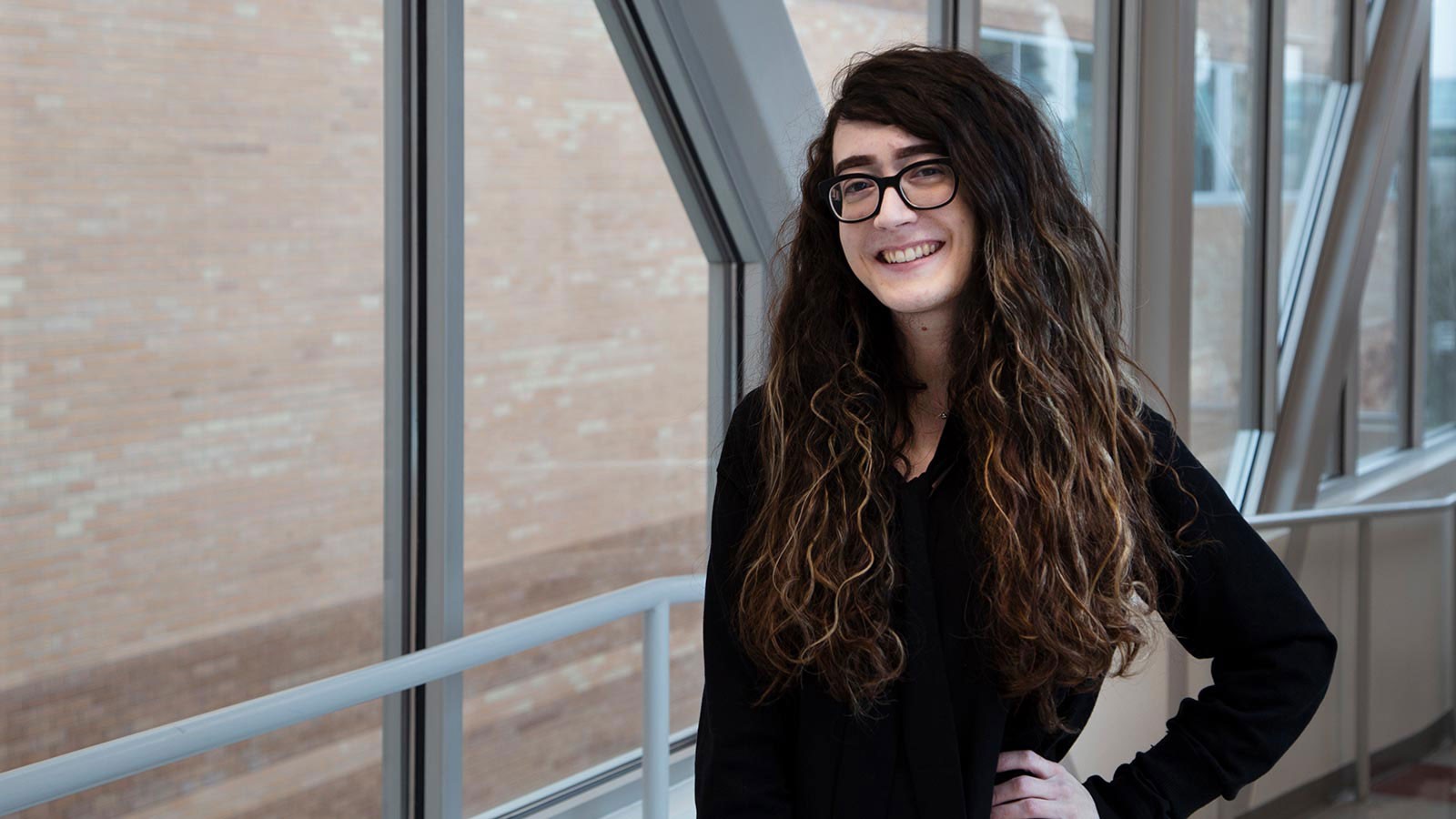USU Grad Student Develops Engineering Curriculum for The Smithsonian
By Anessa Pennington |
Theresa Green is from Chicago, IL. She earned her bachelor's in mechanical engineering from Valparaiso University in Indiana. Green earned her master’s in mechanical engineering at USU in 2020 and plans to graduate with her doctorate in engineering education this spring.
Many people assume that a doctorate is a one-way ticket to academia. But doctorates have value beyond college campuses, and a unique grant from the National Science Foundation has given a USU grad student a chance to curate her own career path.
Theresa Green, a Utah State University fourth-year doctoral candidate in engineering education, received the National Science Foundation’s Non-Academic Research Internship for Graduate Students (INTERN) Supplemental Funding Opportunity. The funding supports graduate students in non-academic research internships, with the goal of helping them develop professional skills transferrable to wide variety of careers.
Green is completing a remote, five-month internship with the Smithsonian Science Education Center in Washington, D.C., where she works alongside science and engineering curriculum specialists to develop curricula for first- and second-graders.
“Wanting to pursue a non-academic path, I was really interested in the curriculum development aspect of engineering education, and I was particularly interested in how that's done for younger students,” said Green. “I'm used to teaching and interacting with students who are in college, and so translating that into younger audiences has definitely been a learning process.”
To qualify for INTERN funding, students must be working on an active NSF award. Green worked on an NSF-funded project with her doctoral advisor, Angela Minichiello, from the College of Engineering, and Amy Wilson-Lopez, from the Emma Eccles Jones College of Education and Human Services. They sought to understand how engineers write, read and interpret information in their day-to-day work. Such information can be implemented into curriculum to help K–12 students read, write, and think like engineers do.
Capturing this kind of data required hours-long observations of engineers at their workplaces and intensive interviews in which engineers were asked to retrace their thinking while doing engineering tasks. Not everyone is up to the time-intensive and detailed task of generating this sort of data.
“She was the perfect person for that project, and we were thrilled by the qualitative research skills she quickly developed and mastered,” said Minichiello, who praised Green’s ability to capture detailed, “in-the-moment” data during her observations. “Theresa’s mentors at the Smithsonian are really excited because she has insights into what engineers do at both a cognitive and a social level that can be used to build and improve K–12 curriculum.”
Green hopes to continue working in curriculum development and is grateful for the opportunity she’s had to explore other avenues.
“It's been a really good experience to see what else is out there, outside of academia,” she said. “If you're interested in something, you can make your career path out of it.”
WRITER
Anessa Pennington
Public Relations Specialist
College of Engineering
435-797-7512
anessa.pennington@usu.edu
CONTACT
Angela Minichiello
Assistant Professor
Department of Engineering Education
435-797-6370
angie.minichiello@usu.edu
TOPICS
Research 879stories Engineering 337stories Education 334stories Student Success 306stories Grants 228storiesComments and questions regarding this article may be directed to the contact person listed on this page.







